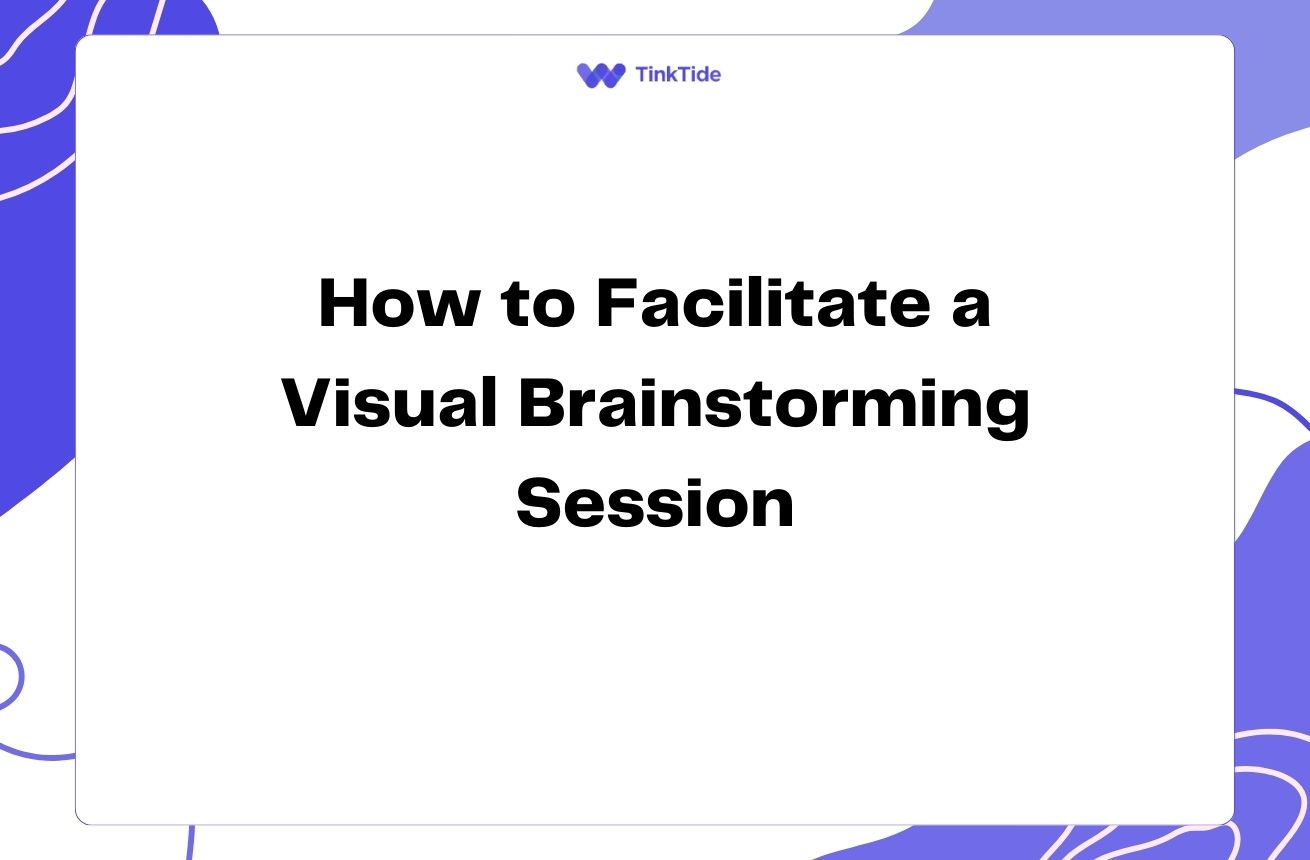Unlock the Power of Group Brainstorming: Best Practices
The Power of Collective Creativity
Group brainstorming is a powerful tool for generating innovative ideas and solving complex problems. When done right, it harnesses the collective creativity of a team, leading to breakthrough solutions that individuals might not have reached on their own.
However, to truly maximize the potential of group brainstorming sessions, it's essential to follow best practices that encourage participation, foster creativity, and maintain focus. In this article, we'll explore these practices to help you unlock the full power of your team's collective intelligence.
By implementing these strategies, you'll create an environment where ideas flow freely, and every team member feels empowered to contribute. Let's dive into the key elements that make group brainstorming sessions truly effective.
Set Clear Objectives and Guidelines
Before diving into a brainstorming session, it's crucial to establish clear objectives and guidelines. This sets the stage for a focused and productive discussion.
- Define the problem or challenge clearly
- Set specific goals for the session
- Establish ground rules for participation
- Determine the time frame for the brainstorming activity
Create a Judgment-Free Zone
One of the most important aspects of successful group brainstorming is creating an environment where all ideas are welcome. Encourage a judgment-free zone where participants feel safe to share their thoughts without fear of criticism.
Research from the American Psychological Association shows that fear of judgment can significantly inhibit creativity. By fostering a supportive atmosphere, you'll unlock a wealth of creative potential from your team.
Remind participants that there are no 'bad' ideas during brainstorming. Even seemingly outlandish suggestions can spark innovative solutions or lead to unexpected breakthroughs.
Encourage building on others' ideas rather than dismissing them. This collaborative approach often leads to more refined and powerful concepts.
Use Diverse Brainstorming Techniques
To keep the energy high and ideas flowing, incorporate a variety of brainstorming techniques into your sessions. This helps prevent stagnation and engages different thinking styles.
The Mind Tools website offers a comprehensive list of brainstorming techniques. Some popular methods include:
- Brainwriting: Participants write down ideas before sharing
- Round-robin brainstorming: Each person contributes an idea in turn
- Mind mapping: Visually organizing ideas around a central concept
- SCAMPER technique: Using prompts to modify existing ideas
By varying your approach, you'll tap into different cognitive processes and keep participants engaged throughout the session.
Facilitate Effectively
A skilled facilitator can make or break a brainstorming session. Their role is crucial in guiding the discussion, encouraging participation, and keeping the group focused on the objectives.
Effective facilitators should:
- Ensure all voices are heard
- Keep the discussion on track
- Manage time effectively
- Summarize and clarify ideas as they emerge
Consider using digital tools like Mural or Miro for virtual brainstorming sessions. These platforms offer features that can enhance collaboration and idea organization.
Embrace Quantity Over Quality (Initially)
In the early stages of brainstorming, focus on generating as many ideas as possible rather than evaluating their quality. This approach, known as divergent thinking, helps break through conventional thought patterns and encourages creative leaps.
Studies have shown that the quantity of ideas often leads to higher quality solutions. A famous experiment by Parnes and Meadow (1959) found that the best ideas often came later in the ideation process, after more obvious solutions had been exhausted.
Set ambitious idea quotas to push your team beyond their initial thoughts. This can lead to unexpected and innovative solutions that might not have surfaced with a more cautious approach.
Remember, you can always refine and evaluate ideas later. The initial goal is to cast a wide net and capture a diverse range of possibilities.
Follow-Up and Implementation
The work doesn't end when the brainstorming session is over. To truly maximize the potential of your group's efforts, it's crucial to have a solid follow-up plan.
- Document all ideas generated during the session
- Categorize and prioritize the most promising concepts
- Assign team members to further develop selected ideas
- Set a timeline for reviewing progress and making decisions
Use project management tools like Trello or Asana to track the development of ideas from conception to implementation. This ensures that the valuable insights from your brainstorming session don't get lost in the day-to-day shuffle.
Address common questions
Here are some frequently asked questions about group brainstorming:
How long should a brainstorming session last?
The ideal length can vary, but most effective sessions last between 30 minutes to an hour. Longer sessions can lead to fatigue and diminishing returns. If you need more time, consider breaking it up into multiple shorter sessions.
What's the optimal group size for brainstorming?
Research suggests that groups of 5-7 people tend to be most effective. Smaller groups may lack diversity of thought, while larger groups can become unwieldy and reduce individual participation.
How can we prevent a few dominant voices from taking over?
Use techniques like round-robin brainstorming or brainwriting to ensure everyone contributes. A skilled facilitator can also help balance participation by actively seeking input from quieter members.
Should we include critics or 'devil's advocates' in brainstorming sessions?
While constructive criticism has its place, it's generally best to keep the initial brainstorming phase free from critical evaluation. Save the critical analysis for a separate session after ideas have been generated.
How can we make virtual brainstorming sessions as effective as in-person ones?
Use collaborative online tools, establish clear communication protocols, and consider using video to maintain personal connection. Break larger groups into smaller virtual breakout rooms for more intimate discussions.
Provide additional resources
IDEO's Design Kit
Explore IDEO's approach to brainstorming and ideation
Harvard Business Review: Better Brainstorming
Learn about question-based brainstorming techniques
Stanford d.school's Brainstorming Rules
Discover the rules that guide brainstorming at Stanford's d.school
Creativity Tools from MindTools
Access a wide range of creativity and brainstorming tools
Google Ventures' Note-and-Vote Technique
Learn about a quick decision-making technique for groups
Unleash Your Team's Creative Potential
Group brainstorming, when done right, can be a powerful tool for innovation and problem-solving. By setting clear objectives, creating a supportive environment, using diverse techniques, and following through on ideas, you can maximize the potential of your team's collective creativity.
Remember, the key to successful brainstorming lies in fostering an atmosphere of openness, encouraging wild ideas, and building on each other's thoughts. With practice and the right approach, your team can develop a culture of creativity that leads to breakthrough solutions.
Start implementing these best practices in your next brainstorming session and watch as your team's innovative potential unfolds. The next big idea could be just one brainstorm away!
Elevate Your Team's Brainstorming Sessions
Ready to transform your team's creative output? Try our collaborative brainstorming tools today.
Start Your Free Trial

